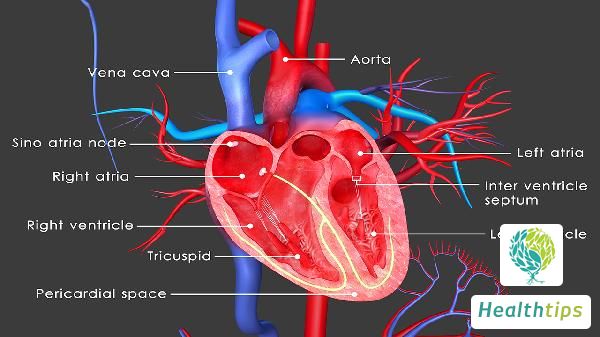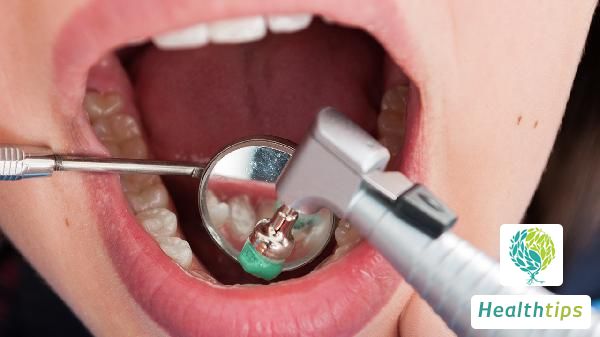"How Can Common Abnormal Gaits Be Identified and Corrected?"
Common Abnormal Gaits and Their Correction Methods

Common abnormal gaits include gluteus medius gait, quadriceps gait, steppage or drop foot gait, and antalgic gait. These can be corrected through training of tibialis anterior muscle strength, orthoses, and local muscle nerve blockade. Abnormal gait can be caused by motor or sensory impairment, and its characteristics are related to the location of the lesion. It can be observed in many neurological or other systemic diseases. Some typical abnormal gaits have suggestive significance for specific diseases and can be diagnosed through visual inspection. For atypical gaits, detailed examination and comprehensive analysis are necessary to aid in diagnosis. Clinical classification of abnormal gait should be combined with etiology, and etiological diagnosis primarily focuses on treating the underlying disease.
1. Gluteus Medius Gait
Gluteus medius paralysis is often caused by polio. When one gluteus medius is paralyzed, it cannot stabilize the pelvis, nor can it lift, abduct, or rotate the thigh, affecting the lateral stability of the hip joint. During walking, when the affected leg is in the stance phase, the trunk bends laterally towards the affected side to avoid excessive descent of the contralateral pelvis, thereby maintaining balance. When both gluteus medius muscles are damaged, the gait becomes distinctive, with the upper body swaying alternately from side to side during walking, resembling a duck's walk.
2. Quadriceps Gait
In quadriceps paralysis, the stability of knee extension during the stance phase of the affected leg is compromised. After heel strike, the gluteus maximus compensates for the quadriceps function by extending the hip, causing passive knee extension and genu recurvatum. If hip extensor weakness is also present, the patient leans forward and presses on the thigh with their hands to straighten the knee.
3. Steppage or Drop Foot Gait
Tibialis anterior paralysis results in foot drop, leading to compensatory increases in hip and knee flexion during the swing phase, creating a steppage gait.
4. Antalgic Gait
When pain occurs in one lower limb, an antalgic gait often emerges, characterized by shortened stance phase time on the affected side to minimize weight-bearing and shorter step length. The patient often presses on the painful area with one hand while extending the other arm. The manifestations may vary depending on the location of the pain. In hip pain, the affected limb bears weight with ipsilateral shoulder descent, slight trunk inclination, external rotation and flexion of the affected lower limb, avoiding heel strike. In knee pain, the knee is slightly flexed, and the patient walks on their toes.
Correction Methods:
- Tibialis anterior muscle strength training: seated and standing toe-raising exercises. Depending on the patient's condition, sandbags can be placed on the dorsum of the foot for resistance training.
- For severe foot drop, ankle-foot orthoses (AFO) may be provided conditionally.
- For patients with foot drop and varus foot due to central injury, in addition to the above training, calf muscle stretching using a slant board, functional electrical stimulation (FES), or muscle-triggered FES can be used to inhibit calf muscle tone and improve tibialis anterior muscle strength and motor control. For patients with excessive calf muscle tone, local muscle nerve blockade may be performed conditionally to help relieve spasms.



















